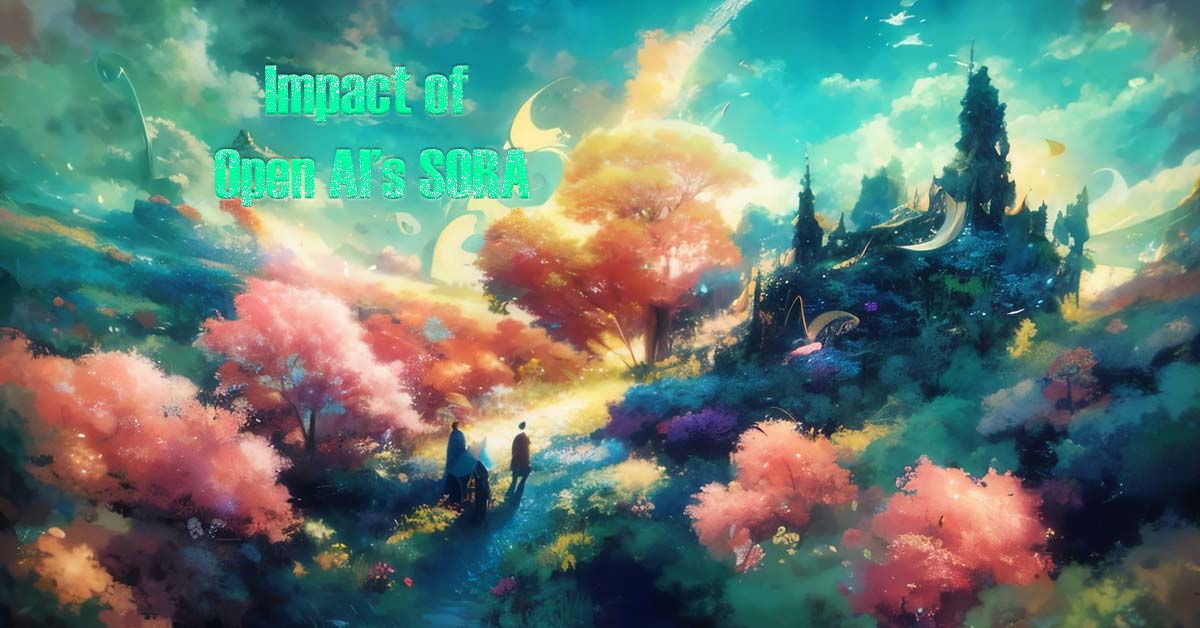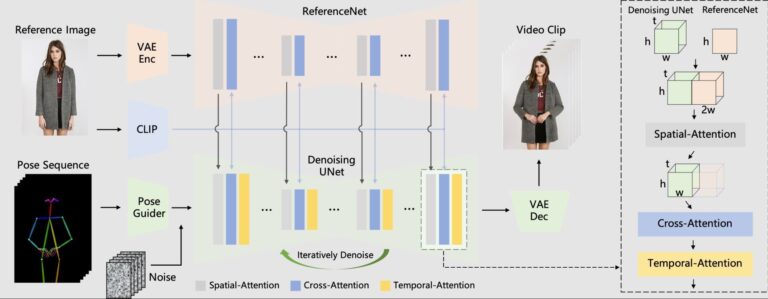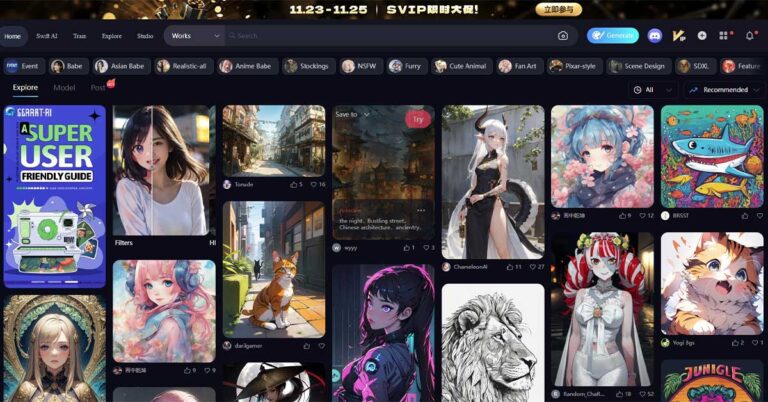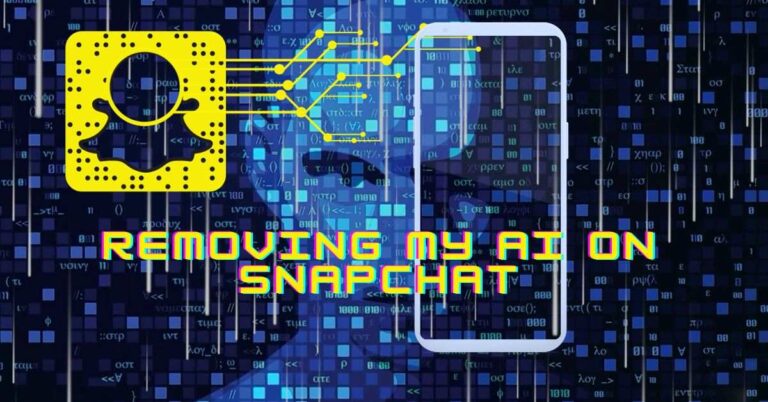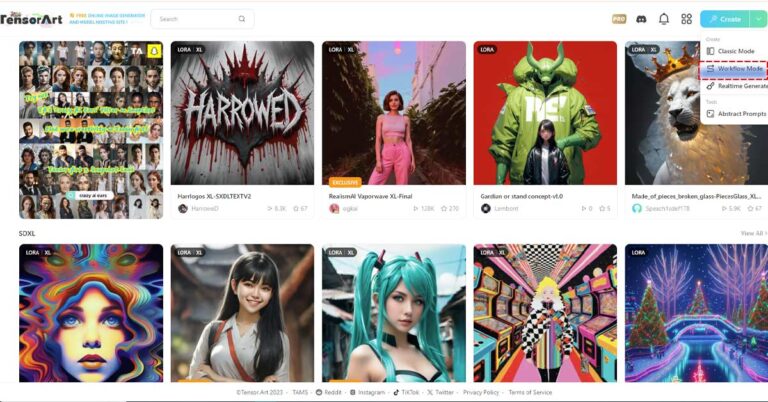Introduction
OpenAI’s Sora represents a groundbreaking leap in AI-powered creativity. The intended meaning likely aligns with the Japanese interpretation of “sky,” symbolizing the limitless possibilities for creative expression that this AI tool unlocks. This innovative text-to-video model empowers users to weave their narratives into captivating, minute-long visual experiences. Beyond static depictions, Sora breathes life into words, translating them into dynamic scenes with intricate details and natural movements. Get ready to unlock a new era of storytelling, where imagination finds its expression in motion.
Minds Behind the Magic: A Deeper Look at Sora
Crafted by the renowned AI research lab OpenAI, Sora is the culmination of dedicated efforts by a brilliant team of researchers, engineers, and ethicists. While specific names haven’t been publicly released, their passion for pushing the boundaries of AI-powered creativity shines through in Sora’s capabilities. Currently, the model is still under development and not yet available for public use. OpenAI is focused on rigorous testing and safety precautions before unleashing its full potential. The current version, though unreleased, is undergoing internal testing and iterative improvements. By following a responsible development path, OpenAI aims to ensure Sora serves as a tool for positive and innovative storytelling, contributing to a flourishing creative landscape.
Applications of SORA: The Future

While still in its early stages, OpenAI’s Sora holds immense potential to revolutionize numerous creative fields. Currently, limited testing focuses on controlled applications by policymakers, educators, and artists. Policymakers could leverage Sora for crafting impactful public service announcements or simulating scenarios for decision-making. Educators might create engaging educational animations or tailor video lessons to individual student needs. For artists, Sora can act as a powerful brainstorming tool, visualizing concepts and generating unique artistic styles.
Looking ahead, the true power of Sora lies in its democratization. Imagine entrepreneurs crafting captivating product demos, marketers personalizing video ads, or filmmakers bringing low-budget projects to life. Educational institutions could provide personalized learning experiences through AI-generated tutorials, while individuals could create personalized video messages or even explore storytelling as a new form of expression. The possibilities are endless, blurring the lines between imagination and reality and empowering individuals and organizations to tell their stories in a completely new way.
What will be the impact on jobs in creative industries?
The arrival of OpenAI’s Sora undoubtedly raises questions about its impact on creative industries and the potential job displacement it might cause. While concerns are valid, it’s important to view Sora not as a replacement for human creativity, but rather as a powerful tool that can augment and enhance existing skillsets.
Job Displacement Concerns
One of the primary concerns surrounding AI like Sora is the fear of job displacement. Professionals across various creative fields, from video editing to graphic design, worry that AI-driven automation could render their skills obsolete. The prospect of algorithms replacing human creativity and expertise is understandably unsettling, prompting anxieties about the future of employment in these industries.
Creative Empowerment through Collaboration
However, it’s essential to recognize that Sora’s capabilities extend beyond mere automation. Rather than viewing AI as a threat to human creativity, we should explore how it can empower creators to achieve new heights of innovation. Sora has the potential to revolutionize content creation by serving as a powerful tool for collaboration between humans and machines.
Unlocking New Possibilities
Imagine a scenario where a filmmaker collaborates with Sora to bring their vision to life. While AI handles repetitive tasks such as scene transitions or color grading, the filmmaker focuses on crafting compelling narratives and emotive performances. This symbiotic relationship between human creativity and AI-driven automation can lead to the production of higher-quality content in less time.
Reshaping Job Roles and Skillsets
Rather than displacing jobs outright, Sora may reshape the landscape of creative professions. As certain tasks become automated, professionals have the opportunity to evolve their roles and skillsets accordingly. Video editors may transition to become creative directors, leveraging AI to streamline workflows and amplify their artistic vision.
Investing in Education and Training
To navigate the changing demands of the creative industry, education and training initiatives will play a crucial role. Professionals must stay abreast of AI advancements and acquire new skills to remain competitive in the job market. Institutions and organizations can facilitate this transition by offering specialized training programs that integrate AI technologies into creative curricula.
Pros and Cons of OpenAI’s Sora: A Powerful Tool with Potential Pitfalls
Pros:
- Unleashing Creativity: Sora empowers non-technical users to translate their ideas into captivating videos, democratizing video creation and storytelling.
- Boosting Efficiency: For professionals, Sora can automate repetitive tasks like scene generation, freeing up time for higher-level creative decisions.
- Personalized Experiences: Imagine educational videos tailored to individual students or marketing campaigns customized for specific audiences. This level of personalization can greatly enhance engagement and impact.
- Accessibility: Complex concepts can be explained through engaging visuals, potentially improving learning outcomes and making knowledge more accessible for diverse audiences.
- Exploring New Frontiers: Sora opens up possibilities for new artistic styles and storytelling techniques, pushing the boundaries of creative expression.
Cons:
- Ethical Concerns: As with any powerful AI tool, potential misuse poses ethical dilemmas. Ensuring responsible use and mitigating potential biases requires careful consideration and implementation of safeguards.
- Job Displacement: While Sora is likely to create new jobs, some existing roles might be impacted. Adaptation and upskilling may be necessary for certain professionals.
- Overreliance on Technology: Excessive dependence on AI could stifle human creativity and critical thinking skills. Striking a balance between human input and AI assistance is crucial.
- Technical Limitations: As a young technology, Sora might have limitations in terms of complexity, style variety, and ability to capture subtle nuances.
- Accessibility and Equity: Access to and training in using Sora could exacerbate existing inequalities if not distributed equitably.
Conclusion
In the debate surrounding Sora and its impact on jobs, it’s essential to strike a balance between acknowledging legitimate concerns and embracing the transformative potential of AI-driven innovation. While job displacement is a valid concern, it’s equally important to recognize the opportunities for creative empowerment and collaboration that Sora presents. By fostering a culture of adaptation and continuous learning, we can navigate the evolving landscape of AI and ensure that creativity remains at the forefront of content creation.
What are your thoughts on the impact of Sora on jobs in creative industries? Share your perspectives in the comments below!

